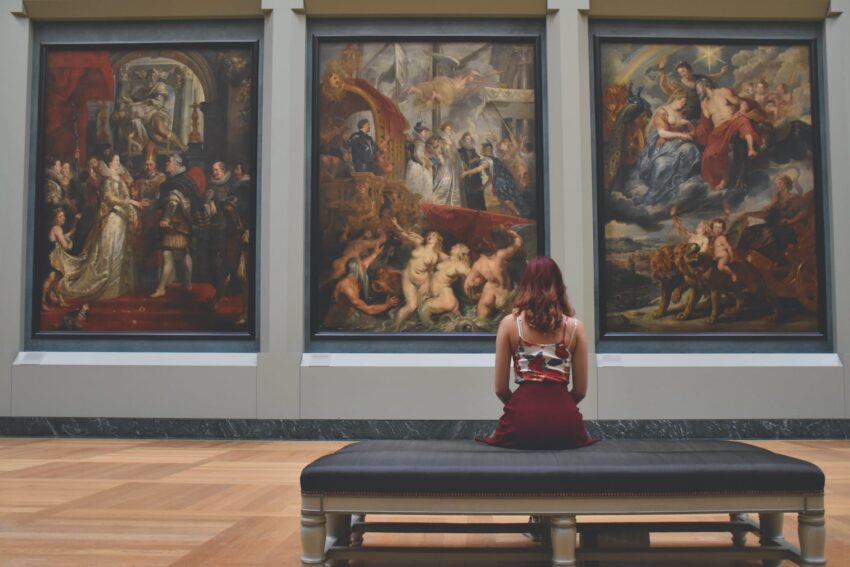Navigating through the labyrinth of the human mind is an endeavor as intoxicating as it is enlightening. Just as artists and innovators have long sought inspiration from various sources, there exists a unique link between psychedelic substances and creative inspiration – a nexus powered by altered states of consciousness, profound introspection, and hallucinatory experiences.
Psychedelic art – a product of journeys into the mind’s abyss – stands as a testament to this connection. This genre, which roots itself in the psychedelic subculture of the mid-twentieth century, vividly captures the array of colors, patterns, and abstract forms that emerge during these experiences. Such art acts as mirrors reflecting the primal essence of the human consciousness, untamed and unfiltered.
A key side-effect of a psychedelic journey is that it can unlock the door to artistic expression unbound by the shackles of conventional perception. Some of the world’s most esteemed artists and musicians – Jimi Hendrix, the Grateful Dead, Alex Grey, to name a few – have publicly acknowledged the role of psychedelics in their creative process. It doesn’t stop there – from Francis Crick, the man who discovered the helical structure of the DNA, to tech pioneers like Steve Jobs, countless innovators have credited psychedelics for their role in creative problem-solving.
Despite the anecdotal evidence, getting a clear scientific understanding of this interplay wasn’t possible until recent years due to the taboo and legal constraints surrounding psychedelics. A 2017 study led by psychologist David Erritzoe at the Imperial College London revealed a positive correlation between psychedelic use and artistic creativity. The study also emphasized that psychedelics can enhance divergent thinking, a key component of creativity.
Amplifying creativity isn’t just about nurturing artistic exploration, but also about fostering innovative problem-solving. According to a recent study, psychedelics can enhance the cognitive flexibility necessary for solving problems in new, unconventional ways. As these substances break down the barriers within the mind, they enable a freer flow of ideas, thus igniting the spark of creativity.
However, it’s important to mention that while these substances can act as tools to boost creativity, their usage calls for careful consideration. Overuse or misuse can potentially lead to harmful psychological effects, indicating the necessity for secure, supportive environments when using them for creative exploration.
Moreover, one must keep in mind the intrinsic subjectivity of any form of artistic expression. Psychedelic influence can undoubtedly introduce a kaleidoscope of new sensory inputs, yet, it’s the individual who interprets and translates these experiences into artistic works. This discussion therefore highlights not only the mind-altering power of psychedelics but also the remarkable adaptability and resilience of the human creative spirit.
Finally, the pervasive impact of psychedelics on creativity has made profound ripples within various cultural domains. They have inspired genres like psychedelic music, resonating in the sounds and melodies of many rock and pop bands during the ’60s and ’70s. Their influence has also birthed visionary art, a genre characterized by intricate, multi-layered images that seem to emanate directly from the creative unconscious.
To conclude, the eclectic blend of art and psychedelia provides an opportunity to examine the human mind’s colossal potential for innovation. As we delve deeper into understanding the intricate matrix of consciousness, it becomes increasingly clear that psychedelics can serve as significant catalysts for creative expression. Mild or intense, the changes induced by such substances recast the canvas of the mind, gifting hues previously unseen, and compelling us to question and push the boundaries of what is considered creativity.
In the end, these unlock a realm that fluctuates between the tangible and the intangible, where the vividness of experience collides with the abstractness of thought, creating a symphony of human creativity of unparalleled richness. It’s akin to the legendary phoenix rising from the ashes, symbolizing the triumphant surge of innovation from the recesses of our minds. Such is the profound influence of psychedelics on creativity.
